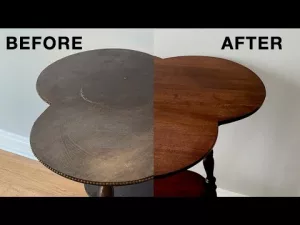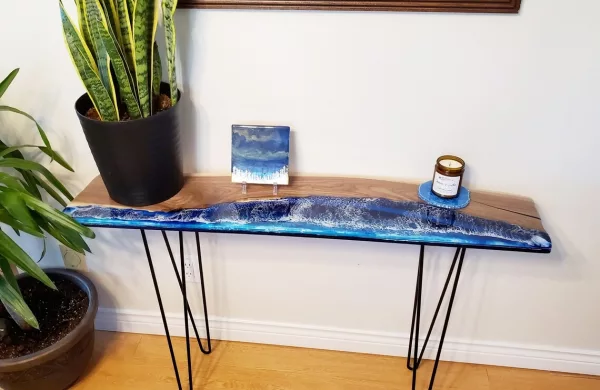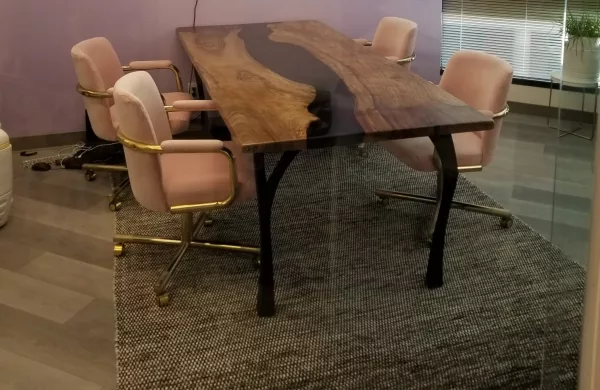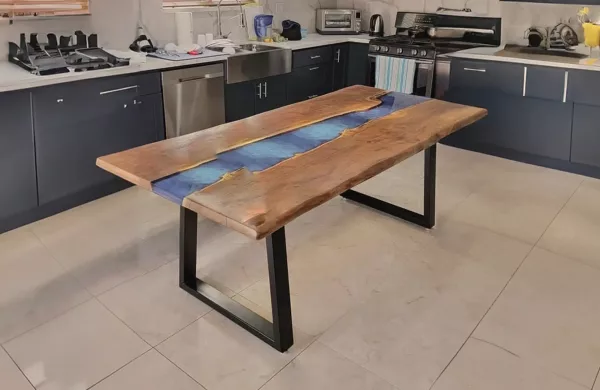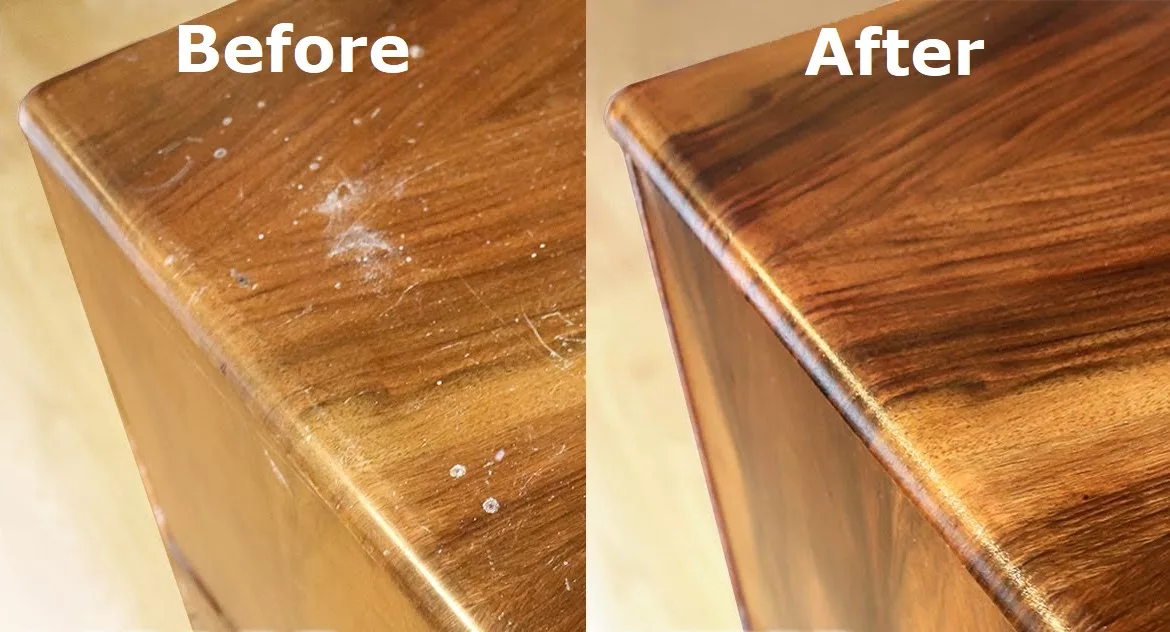
Painting wood furniture is an excellent way to breathe new life into old pieces or add a personal touch to new ones. Whether you’re reviving an antique dresser, giving your kitchen chairs a fresh look, or simply trying your hand at DIY home decor, we will share tips on how to do it the right way.
Materials You’ll Need
- Art ‘N Glow Resin: This resin works well as a durable canvas for your furniture makeover and is not simply for creative endeavors.
- Glow In The Dark Powder: If you’re feeling adventurous, consider adding a glow-in-the-dark element to your furniture for a unique twist.
- Plastic Measuring Cups: These will help you accurately measure and mix your materials.
- Paper Mixing Cups: Ideal for blending your paint and other substances evenly.
- Wooden Craft Sticks or Toothpicks: Important for carefully blending and applying minor details.
- Protective Gloves: Keep your hands safe from chemicals and ensure a mess-free experience.
- Assorted Waterproof Sandpaper: For smoothing surfaces and preparing the wood for painting.
- Surface Protection: Use plastic sheeting, a trash bag, or wax paper to protect your workspace from spills and splatters.
Step-by-Step Guide to Painting Wood Furniture
- Step 1: Cleaning: It’s crucial to start with a clean canvas, as paint won’t adhere well to a dirty or greasy surface.
- Step 2: Sanding: Use sandpaper from your kit and be gentle while sanding. Ensure you remove any wood dust before proceeding.
- Step 3: Priming helps hide stain marks and evens out the wood grain. Apply a coat of diluted primer evenly across the furniture piece using a paintbrush. Allow it to dry completely.
- Step 4: First Coat: Apply the first coat of paint using even strokes, working from edge to edge where possible. Avoid overloading your brush with paint. Light pressure and patience are key for a smooth finish.
- Step 5: Second Coat: Allow the first coat to dry for at least 24 hours before applying the second. Only apply paint to areas where it appears diminished.
Preparing Your Furniture for Painting
Sanding
Sanding is a crucial step in preparing your furniture. Even if you’re working on a piece with existing paint or varnish, sanding helps achieve a smoother surface and better paint adhesion. Start with a coarse grit sandpaper if there are imperfections or existing varnish. Use a finer grit for light stripping.
Primer
Always use a primer, especially if you’re painting onto bare wood. Primer helps create a uniform surface for paint, preventing uneven absorption and tannin bleed-through from the wood. It’s equally beneficial when repainting over old paint or gloss.
Paint
- Latex Paint: Water-based with a wide range of color options, but less durable for high-traffic furniture.
- Acrylic Paint: Also water-based, more resilient than latex paint, but longer drying time.
- Chalk Paint: Water-based with a matte finish, suitable for achieving a distressed look.
- Oil Paint: Highly durable but more expensive and slower drying.
Your choice should depend on the type of furniture and its expected use.




